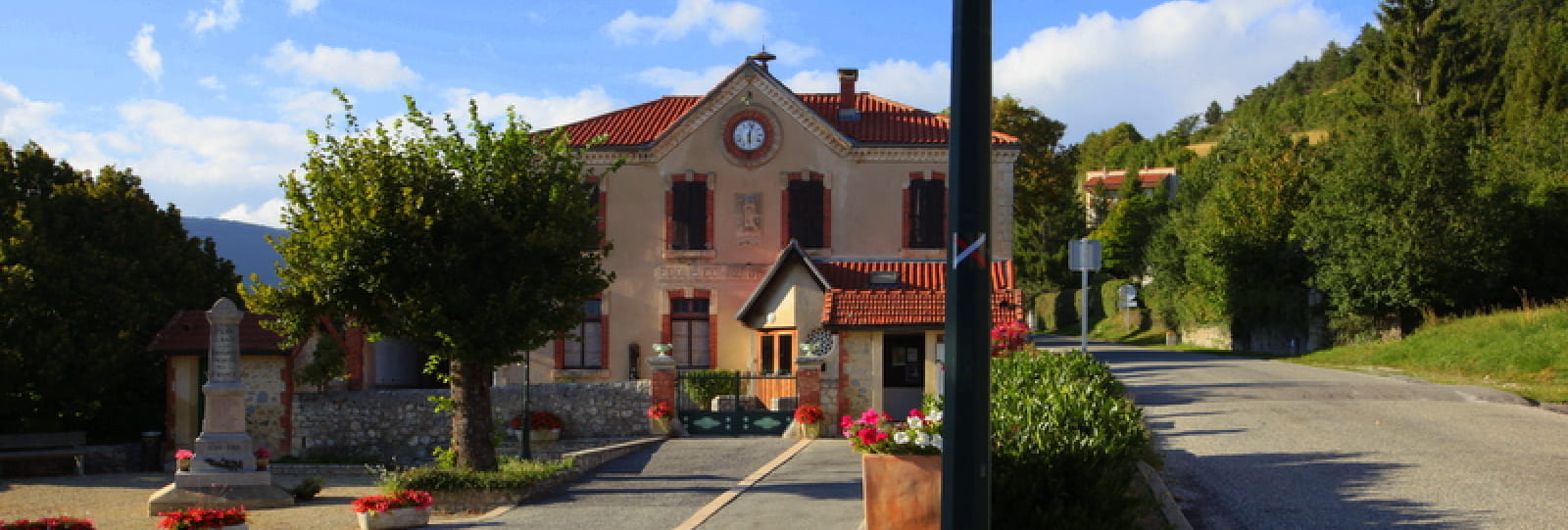
Plan de Baix
Phone04 75 76 42 31
Prehistoric, Gallic and Roman origins. In the Middle Age, there were 3 fief: le Brion, le Baix and la Bâtie. Protestants used to gather in caves. The lords stayed until the French revolution. Today it is an agricultural district.
By 500 B.C., the Gauls were already present. It was they who named the area using Celtic vocabulary: Baix (the spring), Brion (the perched place) and Vellan (Wind Mountain). The Romans settled on the site. Occupation of the site continued into the Middle Ages.
There were 3 strongholds:
- Château du Brion, which must have stood on the Vellan, mentioned once in 1212.
- Château de Baix, a fiefdom of the Poitiers family, Comte de Valentinois, is mentioned as early as 1191.
- La Bâtie de Baix, or Poncet, extended around the present-day castle.
The term Plan de Baix did not appear until the early 16th century, when the two fiefs were united under the same lord.
The village was predominantly Protestant, and Protestants had to hide to worship, often in caves.
The lords of Montrond remained in Plan de Baix from 1650 until the French Revolution.
In the 19th century, there were 394 inhabitants, and the village lived solely from agriculture.
During the 2nd World War, Plan de Baix was bombed during an air raid. A war memorial pays tribute to the resistance fighters of the Gervanne Valley.
Today, Plan de Baix is a welcoming place, with numerous accommodations, including a former vacation camp founded in 1933, which became a family home in 1938 and is now known as l'Eterlou.
The commune of 144 inhabitants is still predominantly agricultural.
Further information
Opening
Through Office de Tourisme du Val de Drôme




